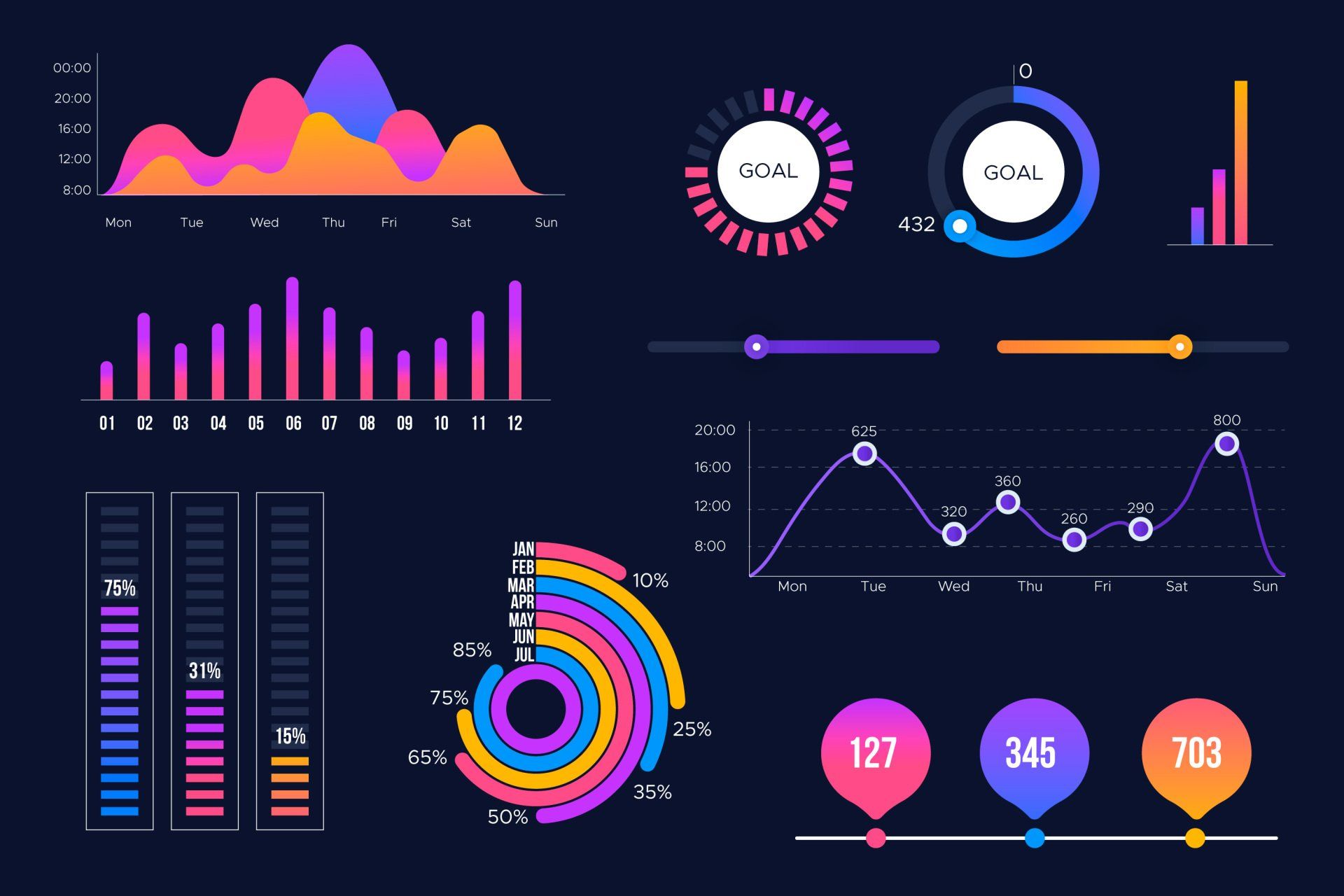The Price is Right
A story about price lists, prices and products
A few blogs ago, I promised that more insights into importing products and pricelists would follow. Well, today is your lucky day.
The standard SuperOffice product registration is set up in a way that each product is linked to exactly one pricelist. It's not possible to have one product definition and multiple prices and currencies linked to that product. It's not that fancy, but it does the trick in most basic use case scenarios of quote creation.
Before you can register a product, you need to register a price list and decide what currency that pricelist will have. The currency determines if a price list is available at quote time, depending on the currency that is selected when the sale is created.
When we use DataBridge to import products, we need to deliver the pricelist. And something to determine the pricelist by, like the name. That said, make sure your pricelists have unique names. In a scenario where your ERP platform has five pricelists with the same name for five different currencies, you probably want to include the currency name in the price list to make each name unique.
Another detail that needs to be unique is a product code. But they only need to be unique within a price list. The price list and product code combination are unique when importing quote lines.
Now that we know the relations between the objects we need here, we can think of our scenario.
When users create quotes using the features in SuperOffice, you probably want to import new price lists and products and update products if details like a unit price or description change. So you would allow DataBridge to create price lists and products.
In a scenario where you import quotes and quote lines into SuperOffice, for instance, from an e-commerce platform, you probably don't want to create price lists and products. In that case, you configure DataBridge only to update existing items.

We can support both scenario's. All the information we need is to know that all SuperOffice objects can be imported in a single DataBridge profile if the data for all objects is in one record in the source (file).
There is an extensive How To article, including some downloads, available that helps you in setting things up and understand how things work. The example scenario that is described here, imports all: sale, quote, quote alternatives, quote lines, products and price lists.
Once all sales flow in your SuperOffice, it might be hard to filter the ones that really matter in your daily routines. If that's the case, you might consider Panels for SuperOffice to create filtered lists directly on the company or project card.
Share this post













